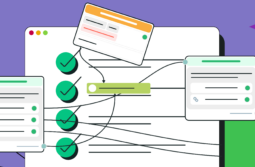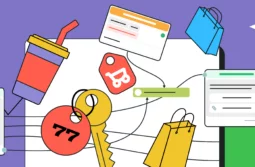If you’ve ever come across the viral TikTok trend “We listen… and we don’t judge” on social media, you may have noticed how it hits right at the core of what many people expect in mental health support.
AI mental health chatbots, too, listen and don’t judge. These bots offer a safe space where users can share their thoughts, manage stress, and receive emotional support — all without the fear of stigma or shame. Their accessibility, 24/7 availability, and gentle conversational tone make them an unparalleled tool in promoting mental well-being for the most diverse demographics.
Let’s find out how AI mental health chatbots work, what benefits they offer both to users and professionals behind them, and how you can create an AI therapist ethically and effectively.
Content:
What is an AI therapist?
An AI therapist is usually a text-based chatbot or call-based/video avatar that uses artificial intelligence to simulate conversations and provide emotional support in a human-like way. While it’s conventionally referred to as a therapist, it, of course, doesn’t possess an actual medical license and still can make occasional mistakes.
Behind every realistic, empathetic mental health chatbot, there’s a large language model like GPT that has been trained on massive amounts of human language data, in particular, books, therapy transcripts, psychology texts, mental health guidelines, conversations, etc.
Unlike a generic chatbot, an AI therapist is often fine-tuned specifically on modern mental health frameworks like Cognitive Behavioral Therapy (CBT), Dialectical Behavior Therapy (DBT), and Acceptance and Commitment Therapy (ACT).

It learns how to recognize emotional cues, suggest evidence-based exercises, and maintain a calm, validating tone while adjusting its responses accordingly. AI therapy chatbots are trained to mirror empathy — they recognize distress signals (“I feel so much remorse”) and respond in a way a trained therapist might (“The recent events must have been so hard on you. Remember, if you’re ready to talk about them, I’m always here.”).
Last but not least, many AI therapists are built with crisis detection algorithms. If someone mentions suicidal thoughts or self-harm, the AI can escalate the situation, giving hotline numbers, suggesting immediate help, or stopping the conversation to protect the user.
Why employ mental health chatbots?
AI mental health bots occupy a unique sweet spot between self-help tools and professional therapy. They’re not here to replace licensed therapists because their role is fundamentally different.
Instead of diagnosing or treating deep psychological conditions, mental health bots are there to offer immediate emotional relief and create a welcoming space for users to express themselves.
Here are the key AI therapy bot benefits at a glance:
- Offering 24/7 availability. AI chatbots offer immediate responses when users need someone to talk to, even outside typical business hours. This kind of support builds trust and makes users feel taken care of, especially in vulnerable moments.
- Destigmatizing therapy. With a mental health chatbot, there’s no need to book an appointment and explain the situation to a stranger face-to-face. Users can reach out to an AI bot from their phone, quietly and discreetly.
- Removing barriers. AI chatbots can bridge gaps for people who may otherwise struggle to afford regular therapy sessions. This way, emotional care becomes more accessible, inclusive, and continuous, and fewer people feel left out.
- Building confidence. For people who feel intimidated by traditional therapy, chatting with a bot can be a much-needed baby step. It helps users get comfortable articulating their feelings and needs, making the idea of eventually reaching out to a human therapist less daunting.
- Ensuring spontaneous access. Sometimes, emotional struggles don’t follow a schedule. Bots allow users to seek support exactly when they need it, rather than waiting for a booked session that may lie days or weeks away. This makes mental health care feel more like an integral part of daily life rather than a solution reserved for “serious” problems.
- Gathering meaningful insights. While maintaining anonymity, these bots can analyze patterns in user conversations to detect common concerns, emotional trends, or popular stressors. Businesses and practices can use this data to improve their communication, content, services, or support programs.
- Establishing long-term engagement. AI-powered mental wellness tools keep users engaged over time. Features like regular check-ins, mood tracking, or personalized coping strategies increase touchpoints with the bot and create a stronger emotional connection to the brand behind it.
Think of these chatbots as a first line of support — they can lend an attentive ear when a human professional might not be available, gently guide users toward reflection, and provide coping strategies for stress and anxiety.
Mental health chatbot use cases
You may wonder whether mental health bots are worth all the effort — after all, they are not nearly as powerful as actual licensed therapists. But, in reality, surprisingly many businesses and professionals can benefit from employing these bots to enhance the services they already provide. Let’s look at some examples of how AI therapists can be helpful in various settings and circumstances.
Use case #1. Supporting employee well-being
No matter the industry, employee burnouts have become a prevalent issue in the modern world. In case of remote work, these issues may be even harder to track — only a professional can spot subtle changes in an individual’s well-being through formal chats and calls.
Mental health chatbots can perform the crucial job of checking in with employees regularly, offering stress relief exercises, emotional check-ins, or even light cognitive behavioral therapy support. They can become a confidential outlet, reducing burnout and improving morale.
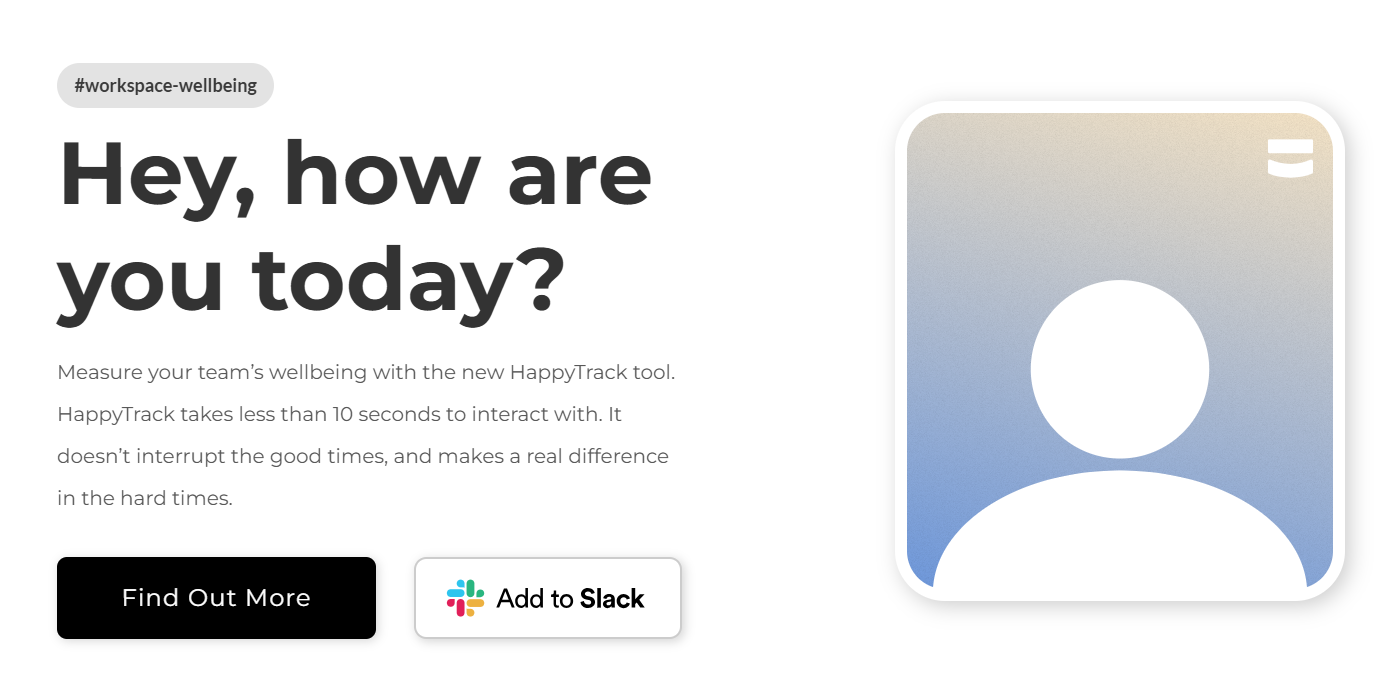
These bots can be integrated into internal platforms and HR systems or even offered as a mobile app benefit. The idea is that employees can use them at any time — during a lunch break, after a stressful meeting, or late at night — to vent, work through minor anxieties, or get motivation before a salary negotiation.
Mental health chatbots’ real strength lies in their accessibility and anonymity. Not every employee feels comfortable approaching HR or seeking formal therapy, especially in highly competitive environments where such a thing might be perceived as a weakness.
An AI chatbot offers a discreet space where even a top performer can take off their mask for a moment and share concerns or receive guidance, breathing techniques, or grounding prompts. In practice, this can mean fewer burnout cases and a more supportive workplace culture.
Use case #2. Pre-visit patient screening
If you offer mental health services, you may find chatbots useful as the first point of contact, streamlining the intake process. Instead of making patients fill out long, impersonal paper forms, you can invite them to interact with a conversational chatbot at their own pace — either online before the appointment or on a tablet in your waiting room.
Alternatively, an AI mental health chatbot can act as a virtual receptionist, helping your potential visitors recognize and formulate their needs before they even book an appointment at your practice.

The bot can gently ask about symptoms, emotional states, stress levels, sleep patterns, and other relevant details, using clinically informed but approachable language. Based on patient responses, it can generate a preliminary emotional and mental health profile for experts to review before the visit.
One way or another, AI chatbots save time for both the practitioner and the patient. Providers can walk into the first meeting already having a clearer picture of what the patient is dealing with, allowing them to tailor the session more precisely. It also reduces patient anxiety — some people find it easier to open up to a chatbot initially rather than diving straight into a face-to-face conversation.
Additionally, AI therapists can flag urgent concerns containing mentions of self-harm immediately, ensuring that at-risk patients get their care as soon as physically possible.
Use case #3. Between-session support
Staying connected with clients between sessions is a challenge — you don’t want to be
overbearing, but you also don’t want them to slow down or lose their progress. This is where AI chatbots can step in, offering personalized journaling prompts, self-reflection check-ins, and motivational nudges for your audience.
This is relevant for therapists, counselors, and mental health clinics alike — patients can easily feel isolated or overwhelmed in the days or weeks between their visits, and it’s crucial to offer them consistent emotional support and valuable tools during those gaps to prevent potential setbacks.
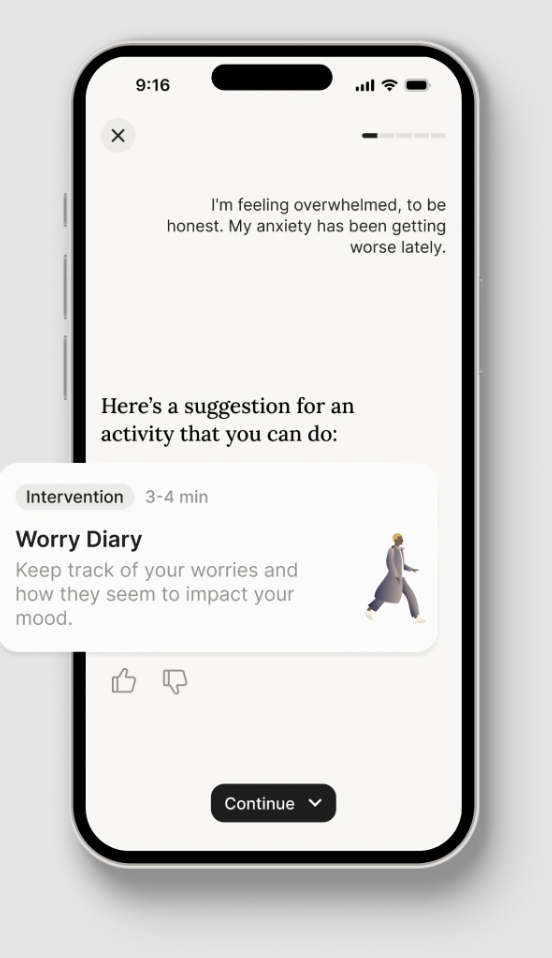
An AI mental health chatbot can act as a low-pressure, always-available companion that patients can check in with anytime. It can simplify all the “boring” post-session work, like mood tracking, mindfulness exercises, coping strategies, and reminders about personal goals or homework assignments from therapy.
As a result, your patients will feel remembered, supported, and monitored — without overwhelming you with constant messages. You, in turn, will have more capacity to process the requests that are too complex for AI to handle.
Use case #4. Student mental health outreach
Another popular AI therapy chatbot use case is student well-being support. Chatbots can help students cope with stress, isolation, or academic pressure, and can offer 24/7 access to support in an environment where mental health services are often overbooked or out of their price range.
Such bots can be used to help students manage exam anxiety, build routines, or initiate contact with a mental health provider. Moreover, you can rely on them to detect concerning language or behavior and escalate cases to human counselors or hotlines when necessary.
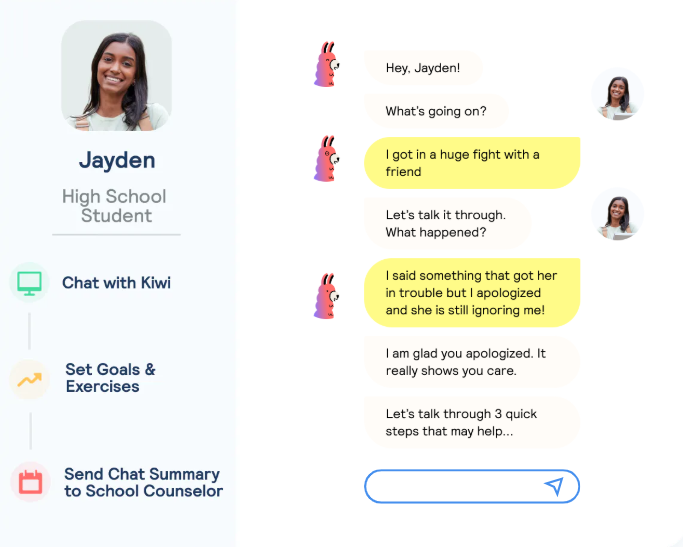
Students who struggle academically, socially, or financially tend to be hesitant to seek help due to stigma, time constraints, or simply not knowing where to start. An AI chatbot offers a confidential, low-key way for students to access mental health support 24/7. Through simple text conversations, students can learn more about dealing with stress, anxiety, loneliness, or academic burnout without the fear of being judged or officially “diagnosed.”
Such chatbots for therapy can be embedded into online school apps, websites, or dedicated mental health resource pages. By promoting them, you will signal to your students that you’re determined to build a welcoming environment where no one has to suppress their feelings.
Use case #5. Providing special needs clients with another avenue to success
For clinics, solo practitioners, and coaches working on treating patients’ self-image issues, learning difficulties, speech impairments, or similar challenges, it makes a lot of sense to employ AI bots to continuously support their clients beyond the office walls.
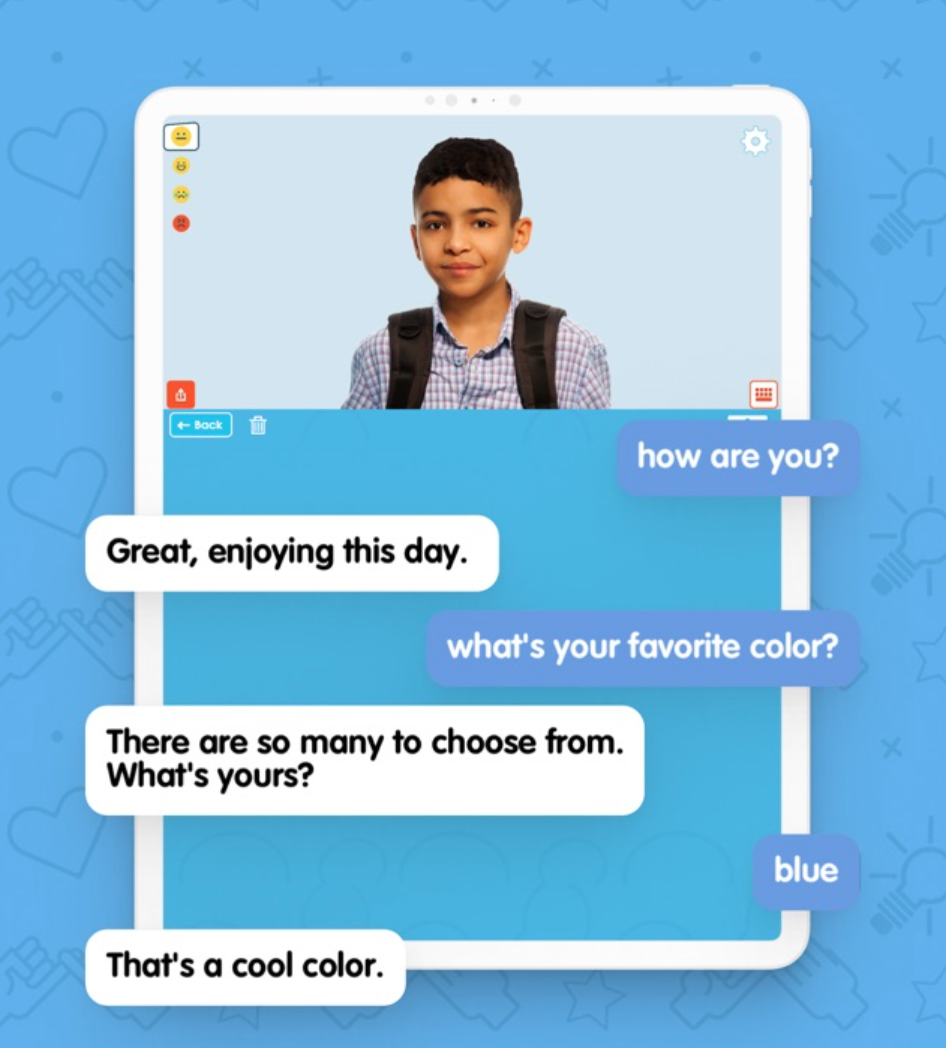
Mental health chatbots offer a stigma-free environment and bite-sized, repeatable interactions that feel achievable rather than overwhelming. Someone struggling with stuttering, for example, can interact with a bot at their own pace without fear of embarrassment. The same goes for individuals on the autistic spectrum — some of them may prefer being able to carefully process and articulate thoughts without feeling pressured to respond immediately.
Use case #6. Empathetic community moderation and engagement
Online communities thrive when members feel safe, heard, and valued. However, as they grow, things can quickly get out of hand — no human moderator can stay awake 24/7, catching profanity and toxic language, identifying microaggressions, and de-escalating conflicts. AI mental health chatbots, on the other hand, can. It’s possible to set up and train them to support gentle and responsive moderation without overwhelming human agents.
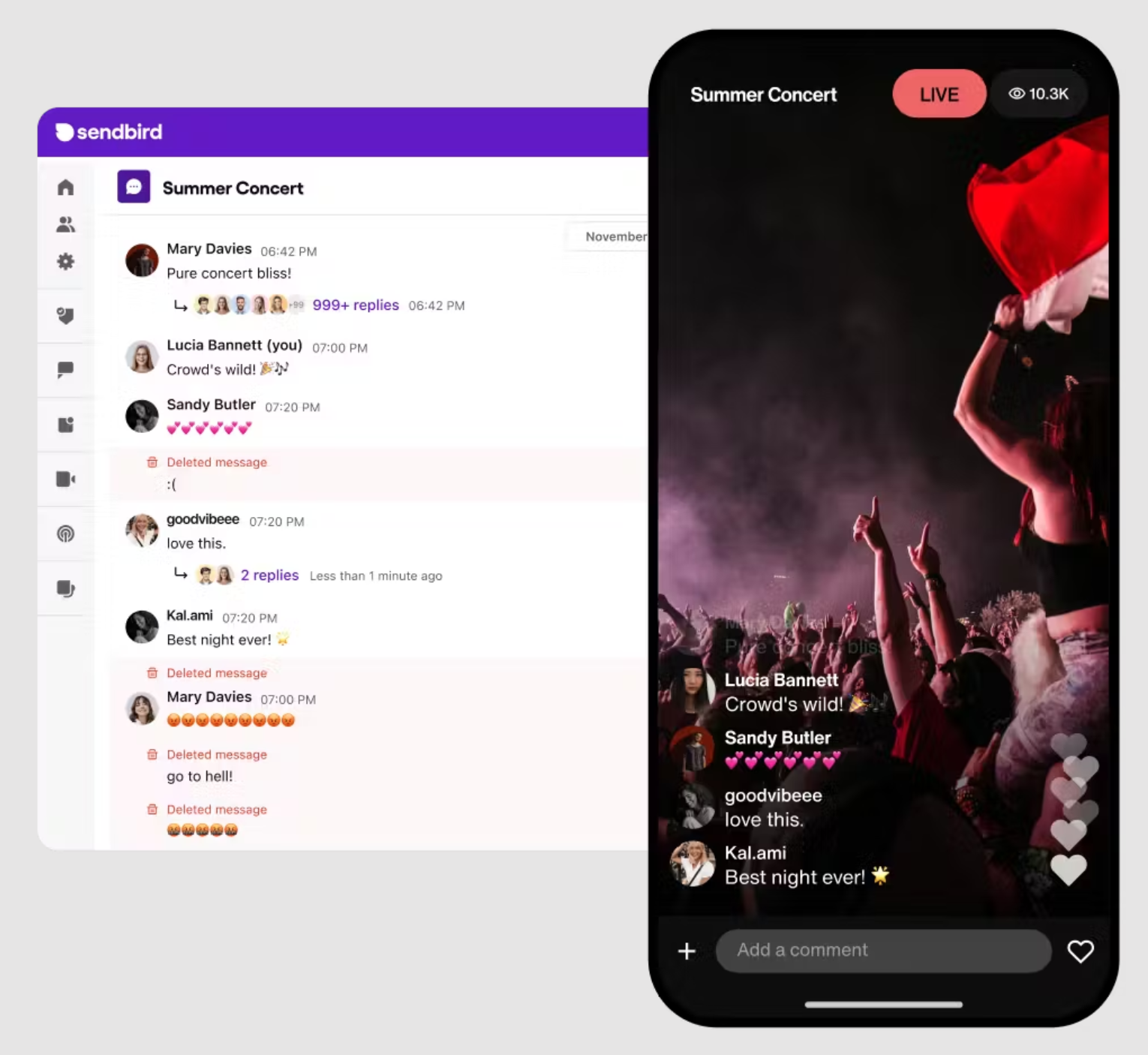
Such chatbots are useful for detecting early signs of distress, harassment, or negativity in chats or forums. They can gently intervene with supportive messages, resources, or escalate serious cases to human moderators. This is an elegant and non-confrontational way to remind users of community guidelines.
To take it one step further, you can enable your bots to actively foster a positive environment in your communities by inviting users to celebrate milestones, share gratitude, or participate in group wellness activities.
In addition, mental health chatbots can ask thoughtful, low-pressure questions to spark meaningful conversations, run polls, or suggest community resources that fit users’ interests or moods.
💡 If you’re considering launching your first digital educational product and establishing your online school brand, check out our course builder — it has all the necessary tools for packaging and monetizing your expertise at scale.
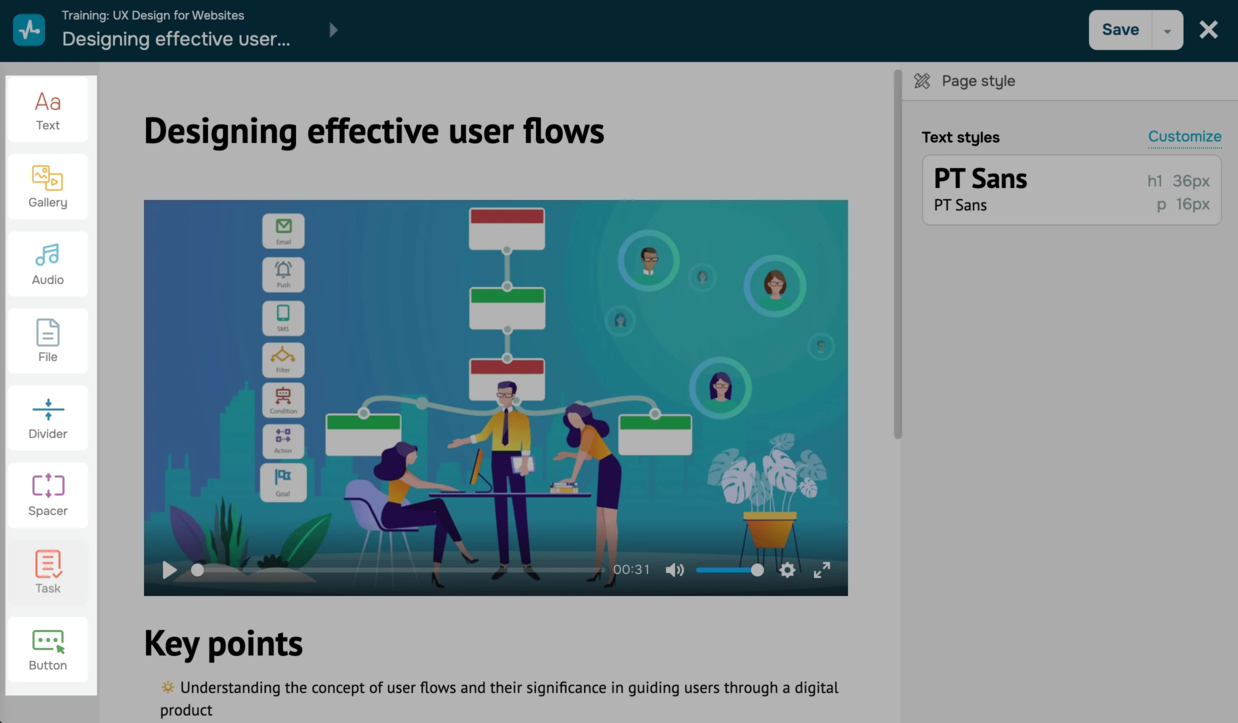
It comes with a visual course editor, a landing page builder, user-friendly sign-up and payment forms, a built-in CRM system, team collaboration features, and more. Give it a try with our free plan!
Use case #7. Enabling access to those with limited resources
Mental health chatbots can reach people who don’t have easy access to therapists due to stigma, geography, long waiting lists, or financial barriers. They can serve as a “trial version” of your actual mental health services, letting budget-conscious or shy consumers gradually experience them and become more open to booking their first real session with you.
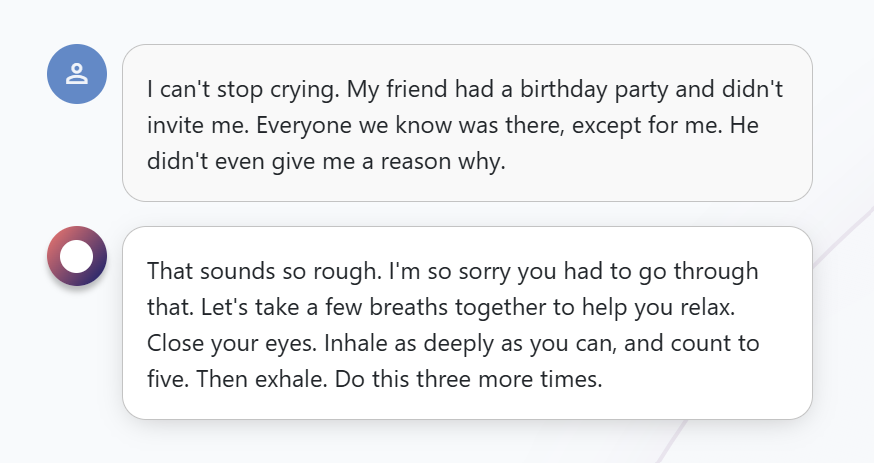
Implementing an AI therapist allows you to reach people who live in remote areas or different time zones and speak different languages. Those who fear judgment or discrimination will be able to use your bot anonymously, escaping the stigma that still surrounds mental health care in some communities.
Use case #8. Enhancing brand loyalty through emotional connection
According to the AI therapy solution provider Elomia Health, 21% of their users said they would not have anyone to talk to except AI. This is an alarming issue, and it is one wellness, fitness, skincare, and lifestyle consumer brands can potentially address.
Struggling with skin conditions, hair loss, or excessive weight often goes hand in hand with other mental health problems, like low confidence or recurring negative thought patterns. One possible solution to that is to empathize with the customer and promote self-care rituals and confidence-building tips alongside your products, helping your audience truly unlock their better selves.
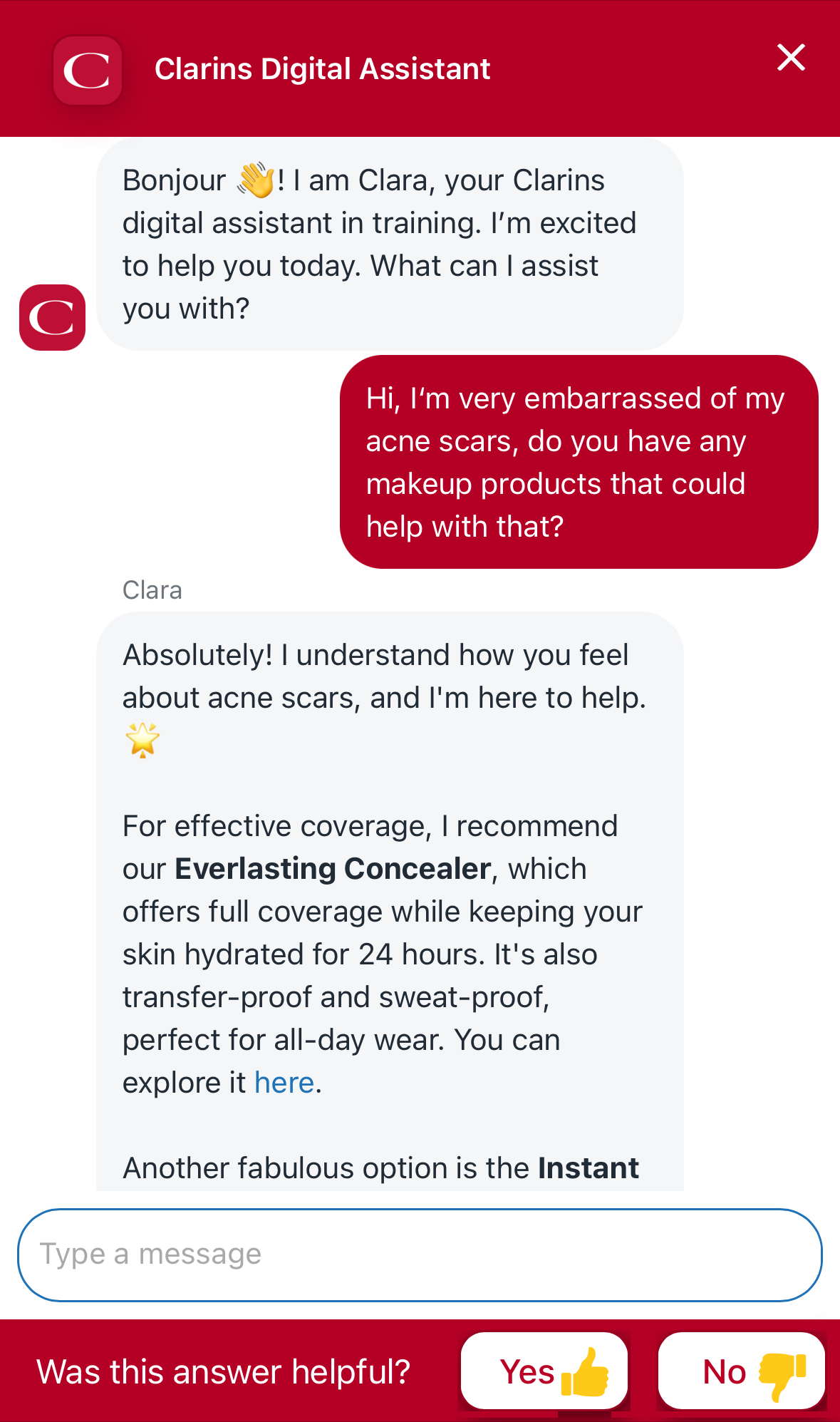
By deploying a mental health chatbot, you get to position your brand as a caring, values-driven company, meeting your audience exactly where they are mentally. This will give you a chance to become a trusted partner in their journey toward a new, glowing version of themselves.
The dos and don’ts of creating a mental health chatbot
With so many opportunities on the horizon, you may be eager to start building your own AI therapist. However, before you jump into it, there are some best practices as well as caveats to be aware of.
Firstly, let’s go through the dos of building a chatbot for therapy:
- Be honest about your bot’ limitations. Clearly state that the chatbot is not a substitute for professional therapy, diagnosis, or emergency help. Let users know what they can realistically expect from it and whether there’s a human monitoring it in real time.
- Offer gentle support, not medical advice. Design the chatbot to offer listening, encouragement, mindfulness exercises, journaling prompts, or wellness check-ins — not to diagnose or treat mental health conditions. If the user insists on doing so, they should be referred to the appropriate practitioner or department.
- Put up safeguards. Always provide links or phone numbers to crisis hotlines, mental health professionals, and emergency contacts when conversations suggest self-harm or violent tendencies.
- Add a data privacy disclaimer. Let your users step into the conversation with a clear understanding of how their words will be collected, stored, and processed on your end. Always follow GDPR or other relevant privacy regulations.
- Build with empathy in mind. Train the chatbot to respond with kindness, non-judgment, cultural sensitivity, and validating language. Many users come to such bots not necessarily for a quick solution but rather to vent out and simply feel understood.
- Offer opt-ins and easy exits. When it comes to sensitive topics like mental health, your users should be able to easily opt out, pause conversations, or delete their data at any time. You don’t want to make them regret their moments of vulnerability or oversharing.
- Keep improving the bot as you go. Collect consensual anonymous feedback after successful exchanges and regularly update your chatbot based on real user experiences and current ethical guidelines.
Now, to the don’ts of creating a chatbot for therapy:
- Don’t present the chatbot as a real therapist. Never imply that the bot itself offers professional medical advice or mental health care, even if your company is licensed to do so. The bot cannot be held accountable for its potential mistakes, and that should be clearly stated from the start.
- Don’t ignore crisis signals. If someone types a phrase that signals danger (“I want to hurt myself”), the chatbot must immediately offer emergency resources and shut down the conversation to avoid escalation.
- Don’t promise outcomes. Avoid bold statements like “You’ll feel better after talking to me” — mental healing is complex and personal, and one shouldn’t be entering a chatbot conversation expecting quick fixes.
- Don’t collect unnecessary sensitive data. Asking for addresses, medical histories, or personal trauma details without a medical license may not only lead to legal repercussions but also make your users vulnerable to phishing attempts in case of data leaks.
- Don’t use the chatbot for hidden marketing. Either explicitly present your bot as a shopping assistant first and a wellness bot second, or stay away from sales attempts completely. Trying to covertly sell products or push unrelated content during vulnerable conversations is likely to feel manipulative and erode trust.
- Don’t leave out human backup. Always have a human escalation plan — if users need more support, they should be able to reach a real person or get directed to the more appropriate channel.
- Don’t underestimate the importance of tone. Make sure to tailor your chatbot’s personality to accurately represent the therapeutic standards and values your company upholds. Avoid generic or overly casual language when responding to someone sharing deeply personal things.
To sum it up, your goal should be to help your audience develop healthy expectations regarding your chatbot and make the most out of it. While it might be tempting to present your AI bot as a know-it-all entity, it’s far more sustainable and safe to frame it as a supportive tool with clear strengths and honest limitations.
5 mental health chatbots that act as reliable AI therapists
There are a few specialized chatbots on the market that do a great job at supporting users with evidence-based techniques, emotional validation, and personalized coping strategies. Let’s take a closer look.
Ebb
Ebb, powered by Headspace, a popular mindfulness app, is an empathetic virtual companion designed to help users process their thoughts and feelings. Integrated into the Headspace app, Ebb empowers people to discover a new level of growth and emotional maturity.
The bot makes it easier for Headspace users to follow through with their mindfulness goals and deal with the challenges they face on the way.
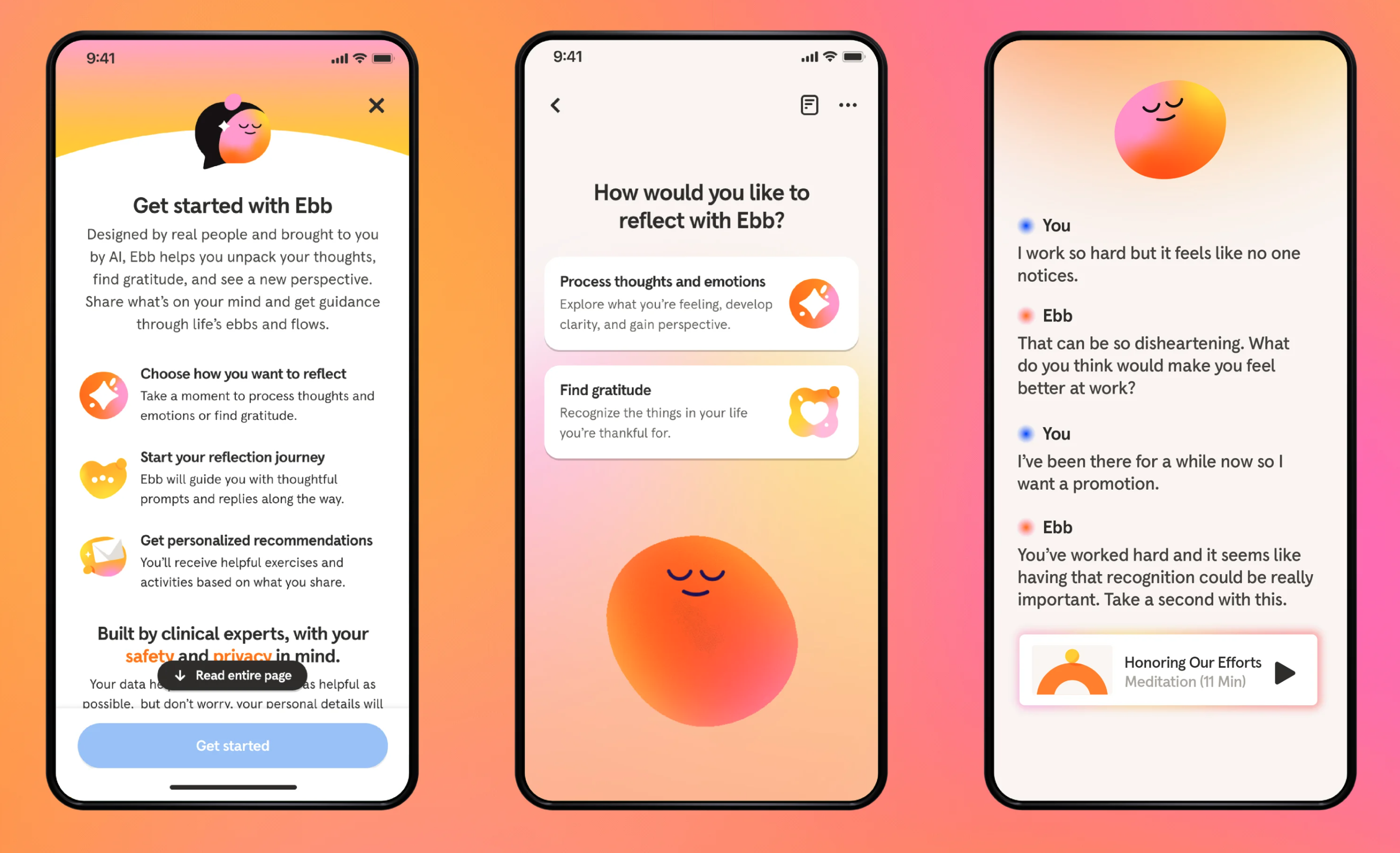
The Ebb creators swear by the bot’s absolute privacy, data encryption, clinician-approved approach, and proprietary safety system. Moreover, it’s designed to mitigate bias and be culturally sensitive, which are highly desirable qualities for an AI therapist.
For now, Ebb is only available to Headspace subscribers based in the United States, the United Kingdom, Canada, and Australia.
Earkick
Earkick is an anonymous AI-powered mental health companion meant to equip its users with tools for managing anxiety, mood, and overall well-being. Unlike many mental health apps, Earkick requires no sign-up, login, or personal information, which makes the virtual “visit” feel more discreet.
One of Earkick’s biggest strengths is AI-powered mood tracking. The app is also a fantastic listener, asking the user thought-provoking questions and gently inviting them to reflect on their daily habits and triggers.
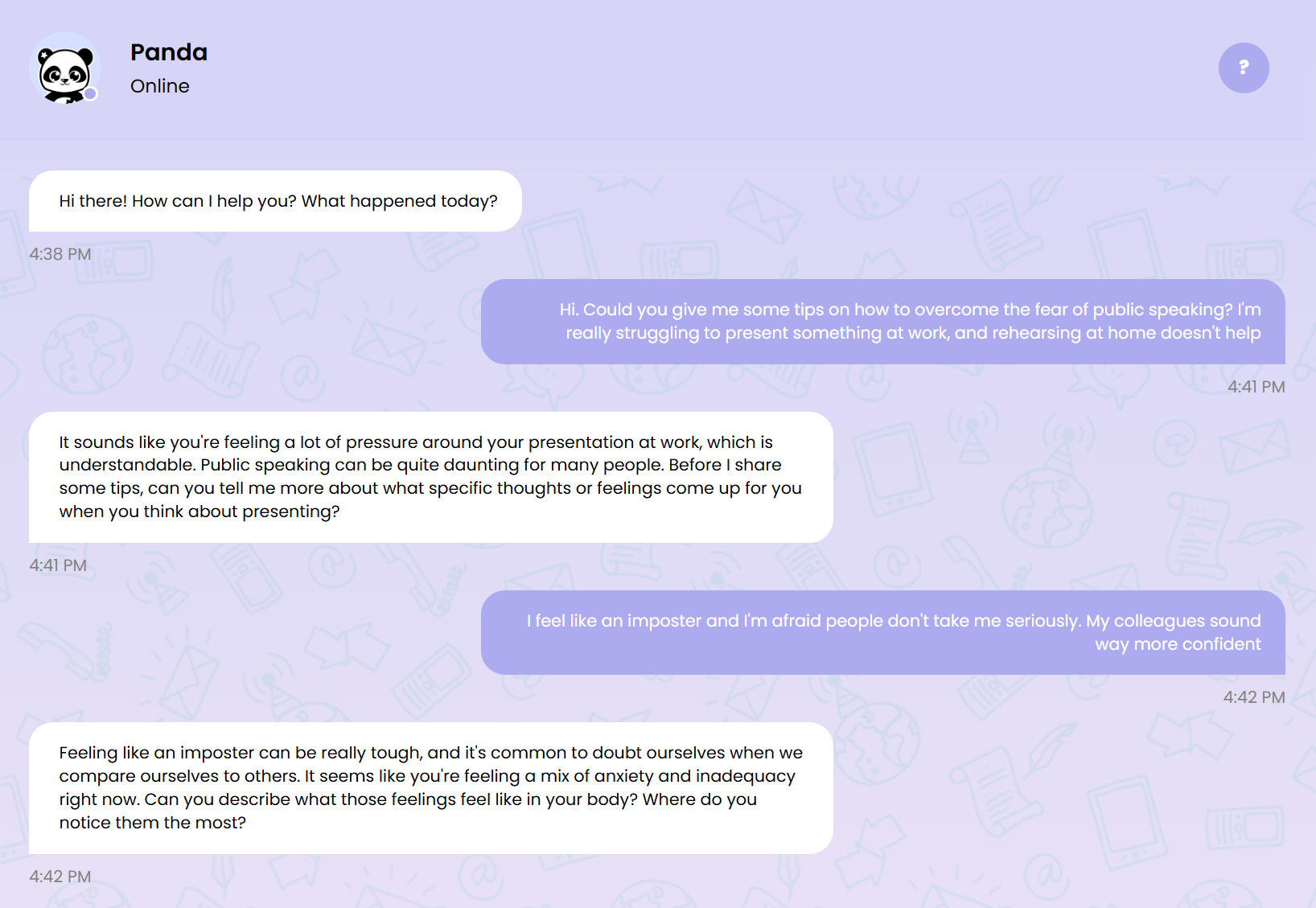
Finally, Earkick also empowers users to gradually become more independent and resilient with the help of self-guided exercises, breathing techniques, and daily affirmations. The app remembers past interactions and provides tailored content, such as daily quotes and suggestions, to encourage positive habits.
Earkick is compatible with wearables and can understand voice messages and video input. All of that helps the AI therapist create a richer, more accurate picture of the user’s mental state in real time and cater to their needs. The advisory team behind the app includes clinical psychologists and computer vision experts.
The app can be used for free. However, to unlock unlimited chats, you will need a paid subscription, which can cost $14.99 a month or less, depending on your billing scheme.
Hapday
Although marketed mainly as a productivity app, Hapday can also be used as a mental health chatbot that makes tracking one’s mood and building up toward the state of lasting happiness a light and fun process.
Hapday is big on gamification — the user can break down intimidating tasks into simple steps and visualize their progress on a colorful map. The bot motivates the user to capture daily moments to reflect on personal growth.
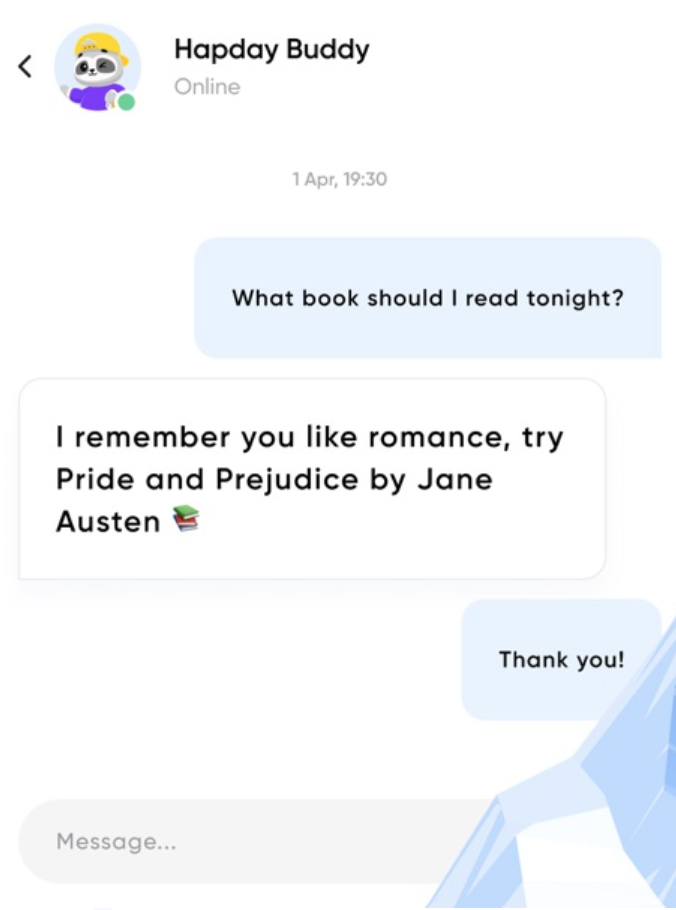
Another Hapday’s interesting feature is the wheel of balance, which is useful as a tracking tool for maintaining a healthy work-life balance and paying enough attention to diverse aspects of life. In general, the app combines AI-driven insights with scientifically backed wellness practices and delivers them in an intuitive, easily digestible form.
The app is available for free on the App Store and Google Play, but enjoying premium features costs $7.99 a month, billed monthly.
Healo
Healo by Infiheal is an AI-powered therapist and virtual life coach aimed at providing 24/7 support and helping users break free from destructive thought cycles. Behind Healo, there’s an entire medical board ensuring that the app offers 100% evidence-based and compassionate guidance.
Healo engages users in conversations, motivates them, and provides a safe space for venting. It also suggests personalized music, jokes, and personality assessments. In addition, it’s equipped with goal-setting tools, self-care cards, and worksheets for CBT, DBT, art therapy, emotional work, and healing.
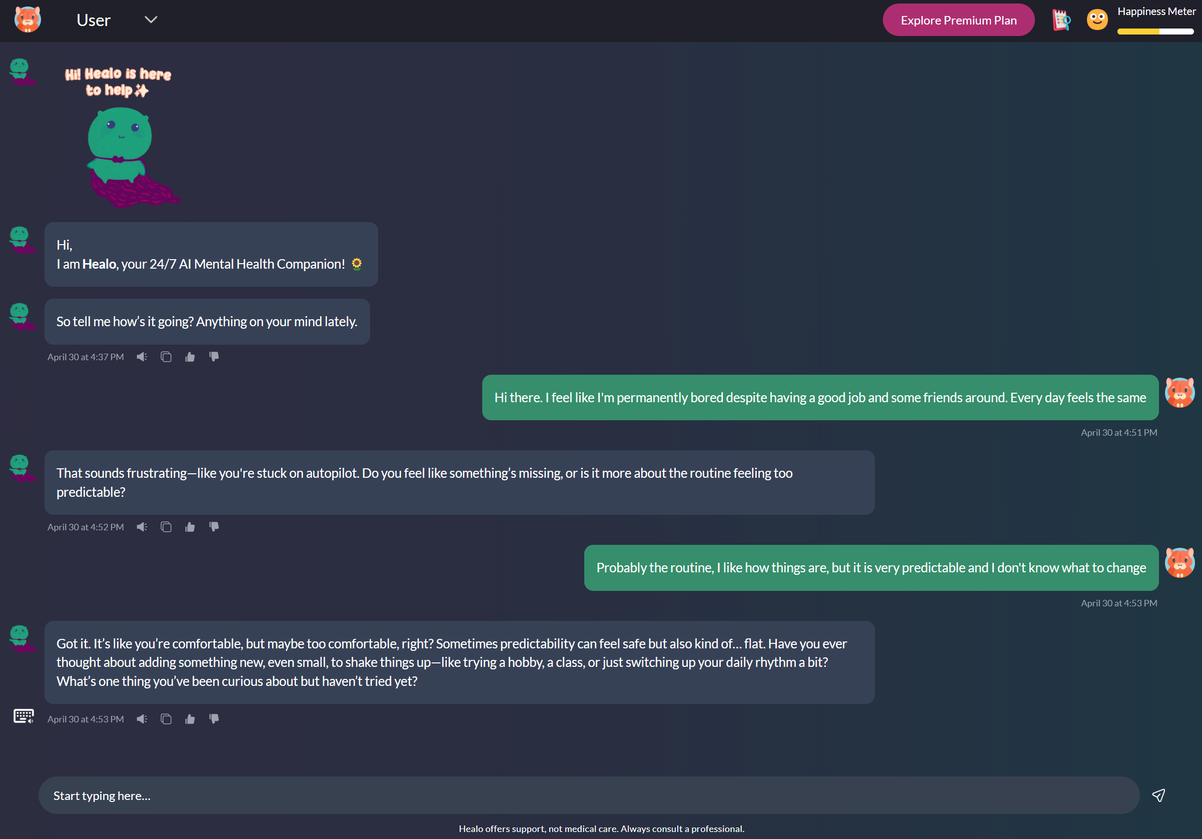
Finally, Healo assists users in booking therapy sessions with qualified professionals. It matches users to coaches and therapists based on their unique needs and preferences. Most of the experts are English-speaking, which makes this AI mental health chatbot suitable for diverse target groups.
The app can be explored for free. There are premium plans that start at $4.9 a month, billed monthly.
IFS Buddy
IFS Buddy is a free AI chatbot based on the Internal Family Systems (IFS) framework. This concept is based on the idea that the mind is made up of different “parts,” each with its own feelings, thoughts, and roles — like an internal family.
The bot is text-based only and doesn’t require the user to sign up. It shows empathy but isn’t afraid to lightly challenge the user’s ideas when needed. The app’s main goal is to help the person find the necessary answers within themselves.
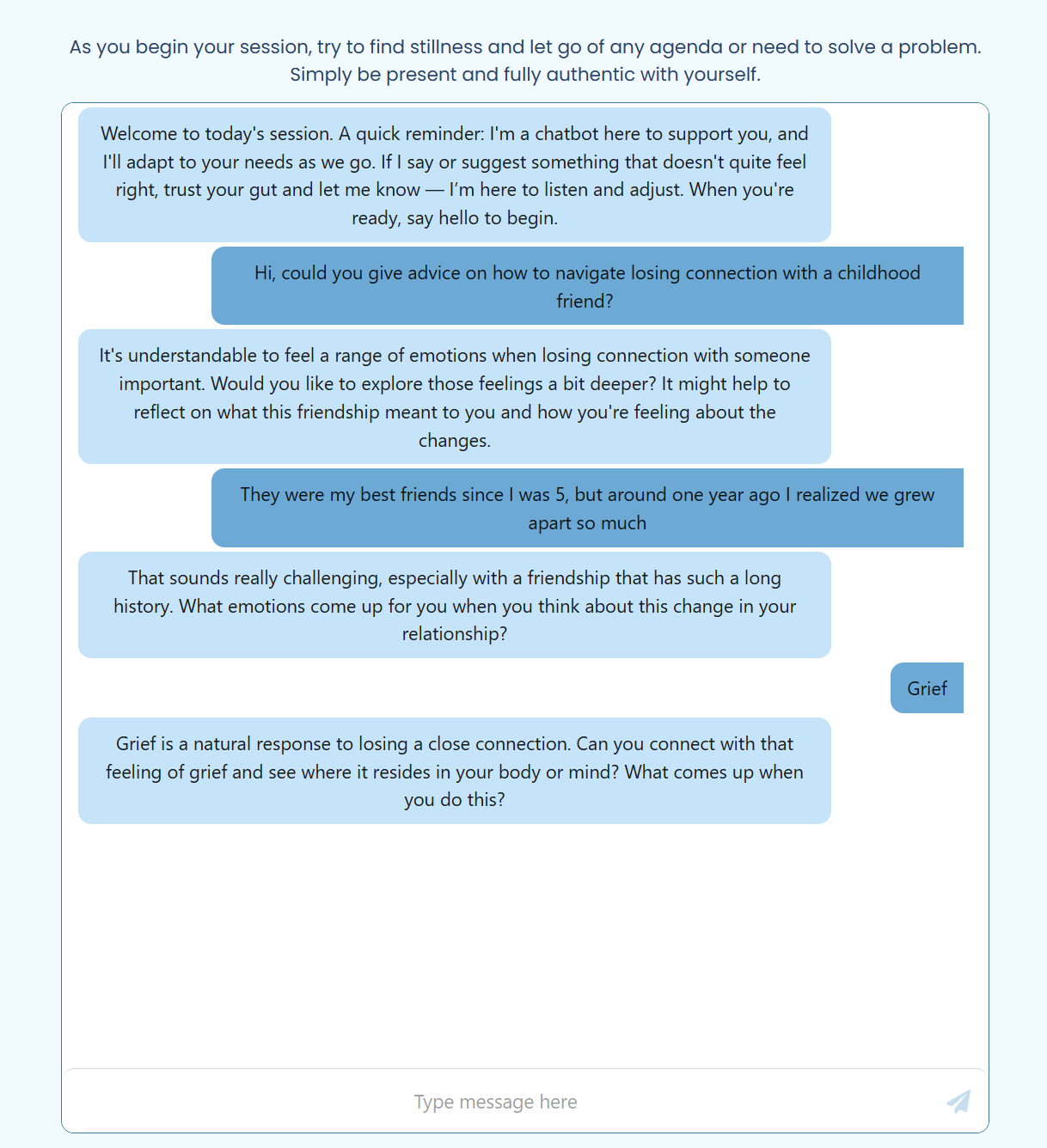
IFS buddy serves as a good entry point for anyone curious about the Internal Family Systems framework. It’s intended to give the user a sense of coherence and self-acceptance while empowering them to work through their inner battles.
This AI mental health chatbot is free to use and is supported by hundreds of donors. It also has a premium plan, which allows for more continuity. The subscription costs $4.99 a month, billed monthly.
How to create an AI mental health chatbot with SendPulse
You don’t necessarily need coding skills to create your own AI therapy chatbot — our visual builder and the seamless integration with OpenAI make this task easier than ever. The best part is that you can deploy that bot either on your website or on Telegram, WhatsApp, Facebook, or Instagram.
Firstly, create a new chatbot and connect it with your desired channel. To use ChatGPT models, you’ll need to top up your OpenAI account, enter your API key, and select an AI model to generate bot replies. The next step is to add a free-form prompt to your chatbot — this is how you can make sure it sounds supportive and doesn’t venture outside of mental health topics.
You can introduce your chatbot in your welcome message and initiate the AI assistant right away using the “AI step” element.

In the bot instructions, you get a chance to shape your AI therapist’s personality and state its goals and limitations. You can also set a specific goal for its interactions as well as the duration of the session.
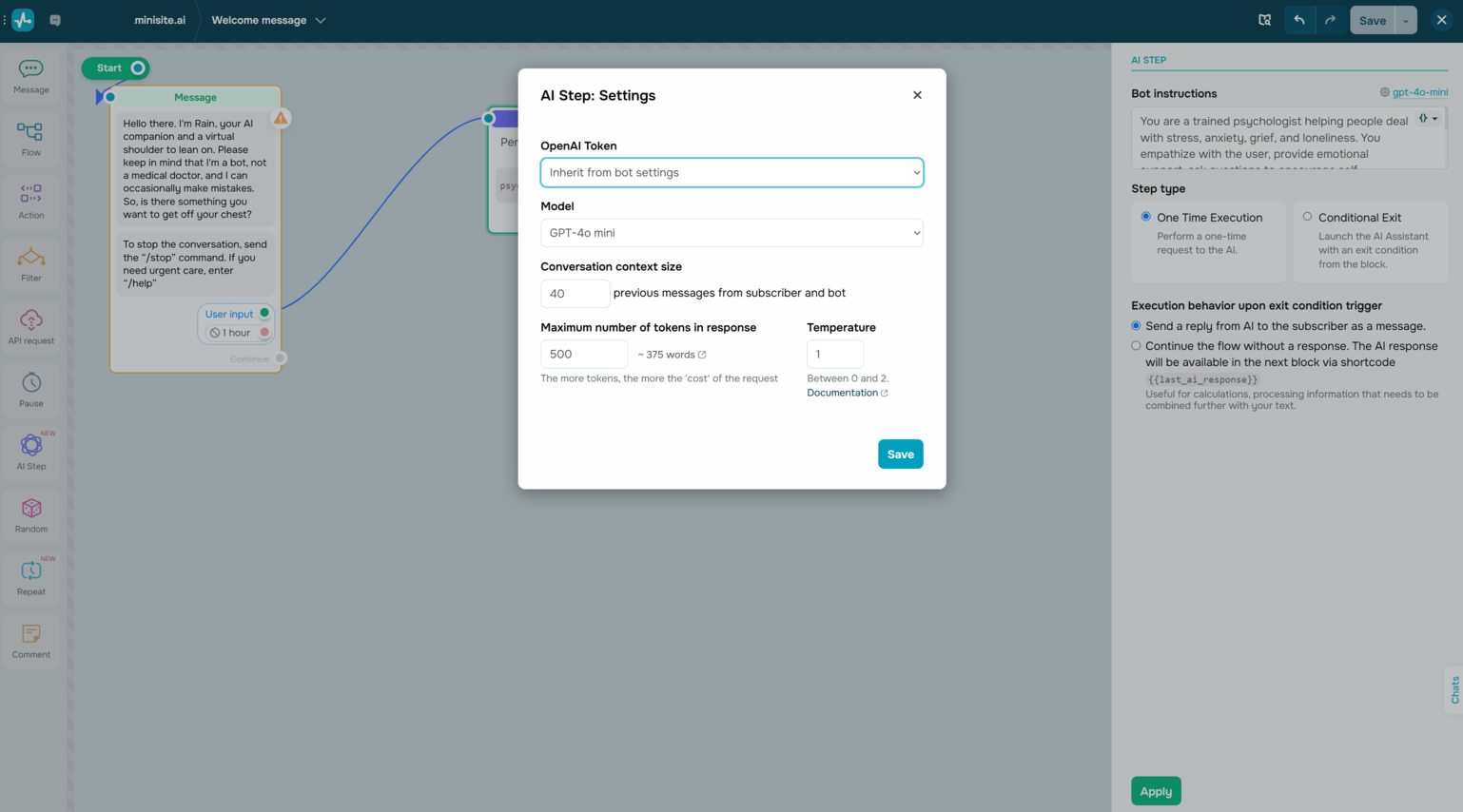
The settings also allow you to limit the chatbot response length as well as the available context volume. Once the bot reaches its goal, the user will be taken to the next flow element. You can set up different triggers for your mental health chatbot to, for example, introduce diverse self-guided exercises or tests.
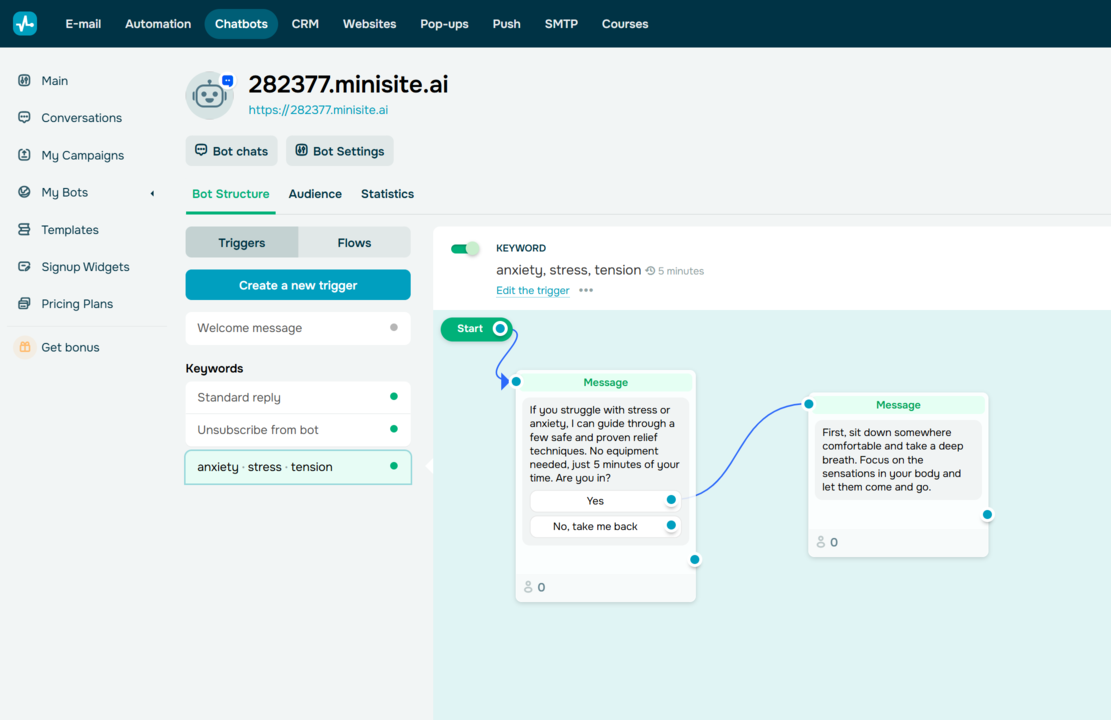
You will find the detailed instructions for each of these steps in our help center.
SendPulse has a basic free plan, which allows you to see the chatbot builder in action. To integrate it with OpenAI, you’ll need a subscription — our paid plans start at $11 a month, billed monthly. Annual billing saves you 20%.
Ready to go even further?
Explore the rest of our toolkit — SendPulse comes with a website builder, an email automation service, push notifications, an online course builder, a CRM, pop-ups, and an SMS service. Our generous free plan allows you to get a feel of our platform’s capabilities before committing to a paid plan.
Create your account today and get started!
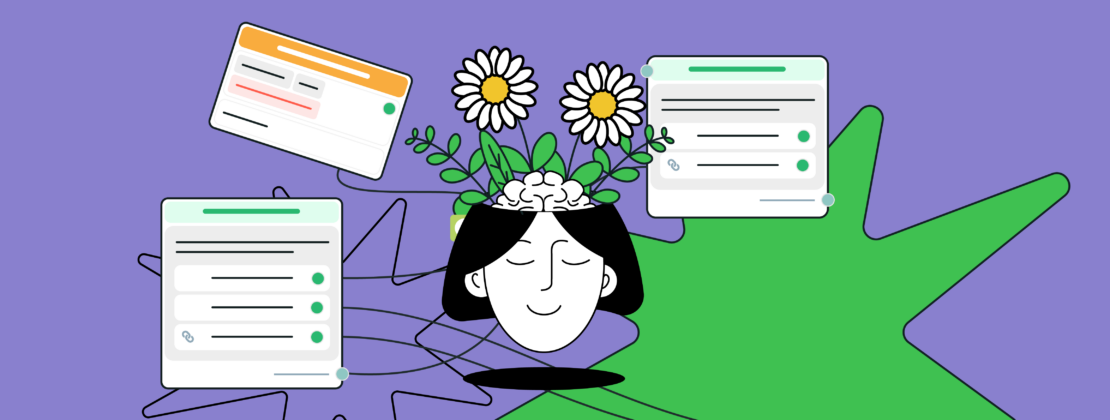



![Instagram Welcome Message: Best Practices and Examples [2025]](https://www.spcdn.org/blog/wp-content/uploads/2025/04/instagram-welcome-message-cover-255x167.png.webp)
